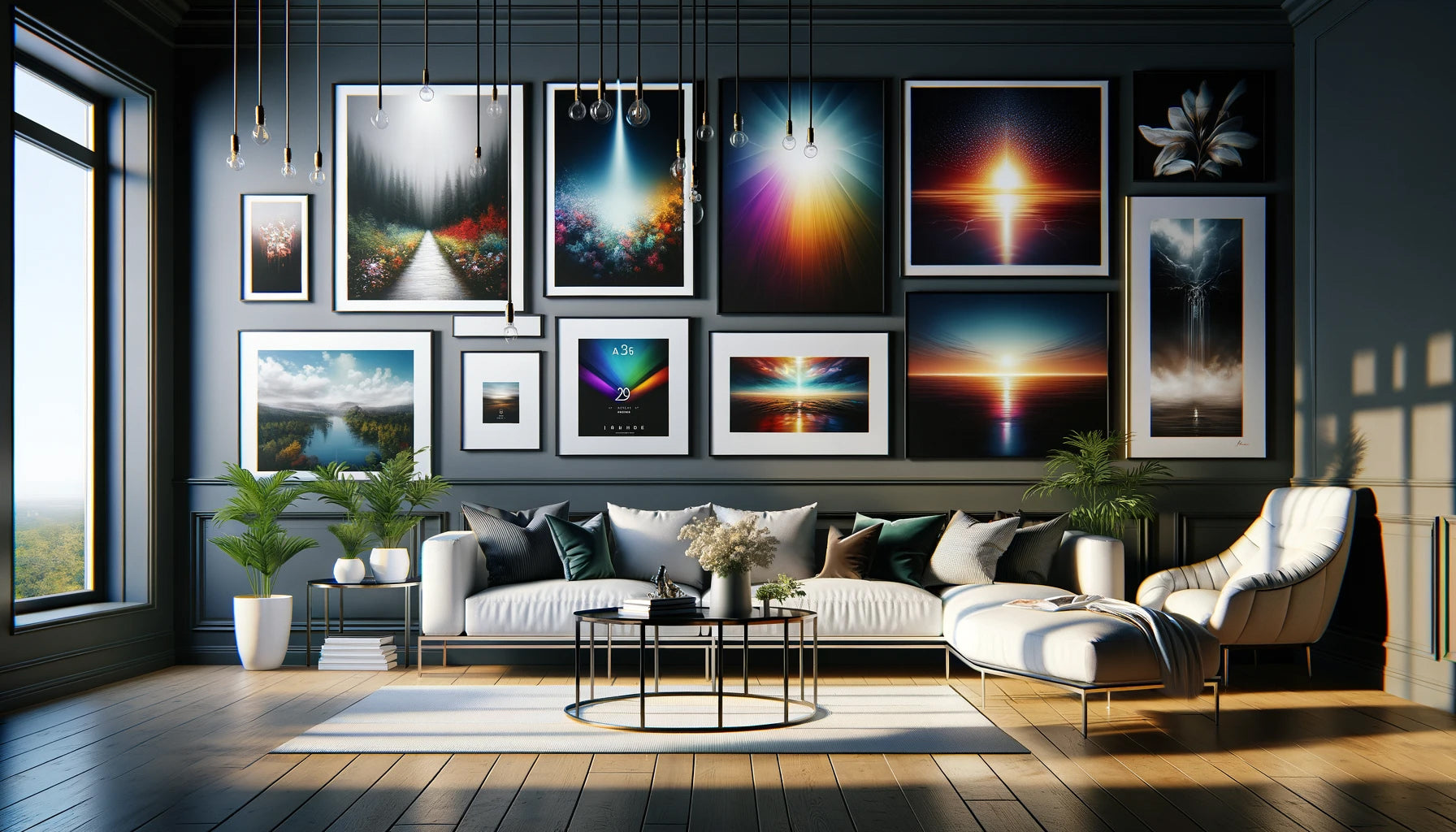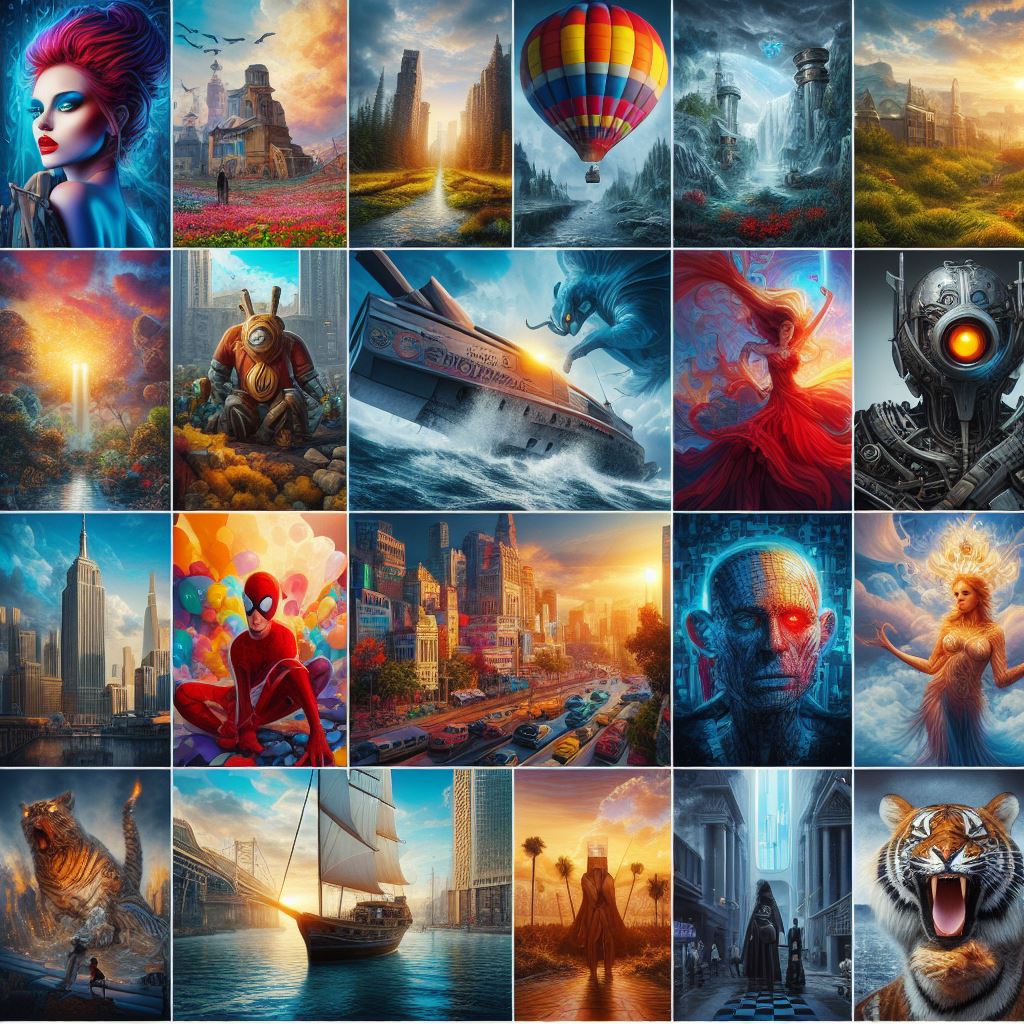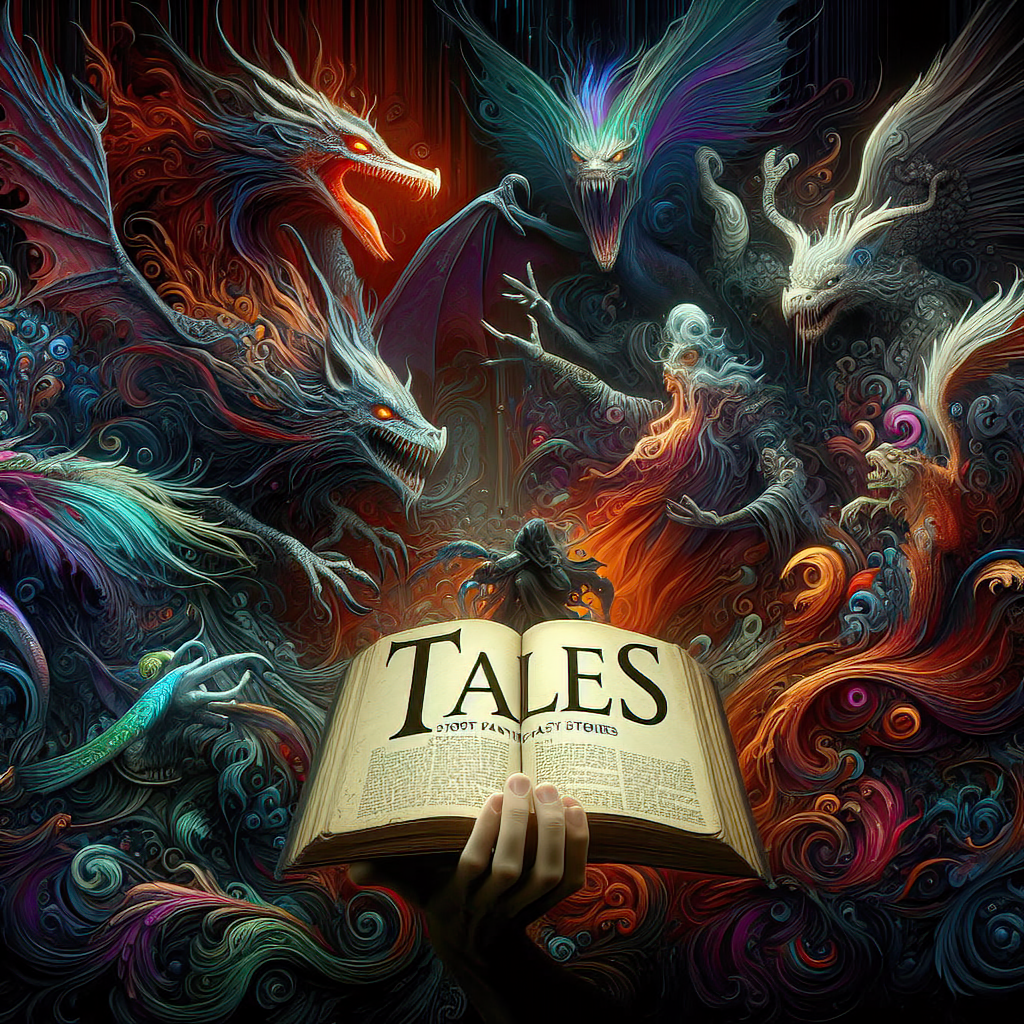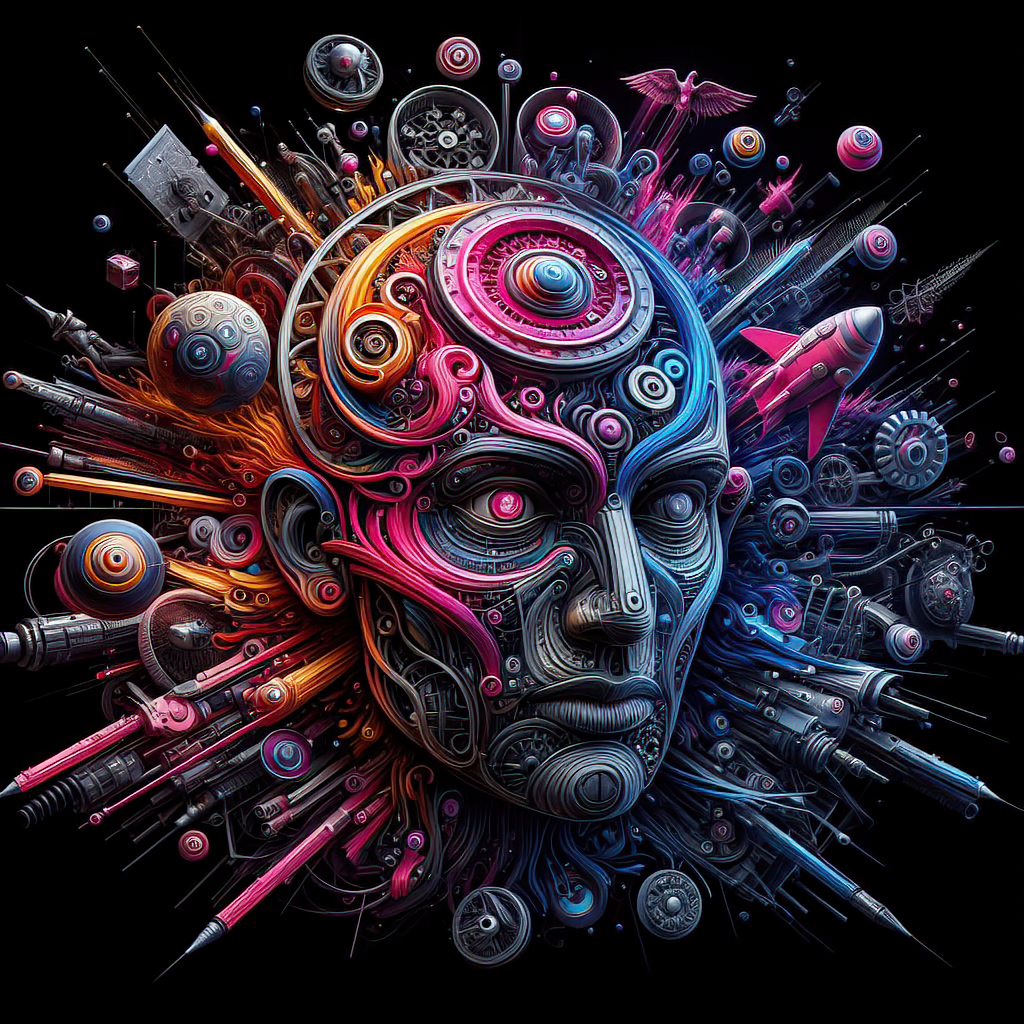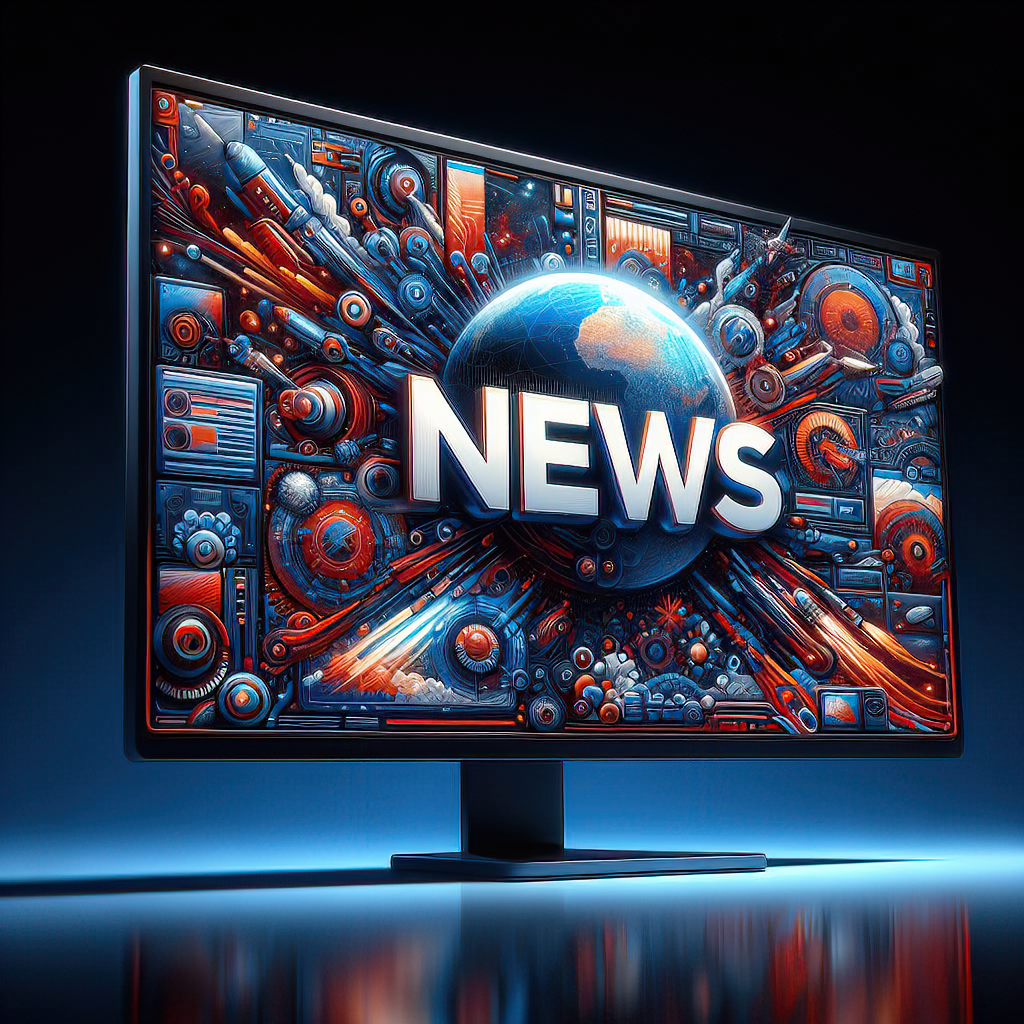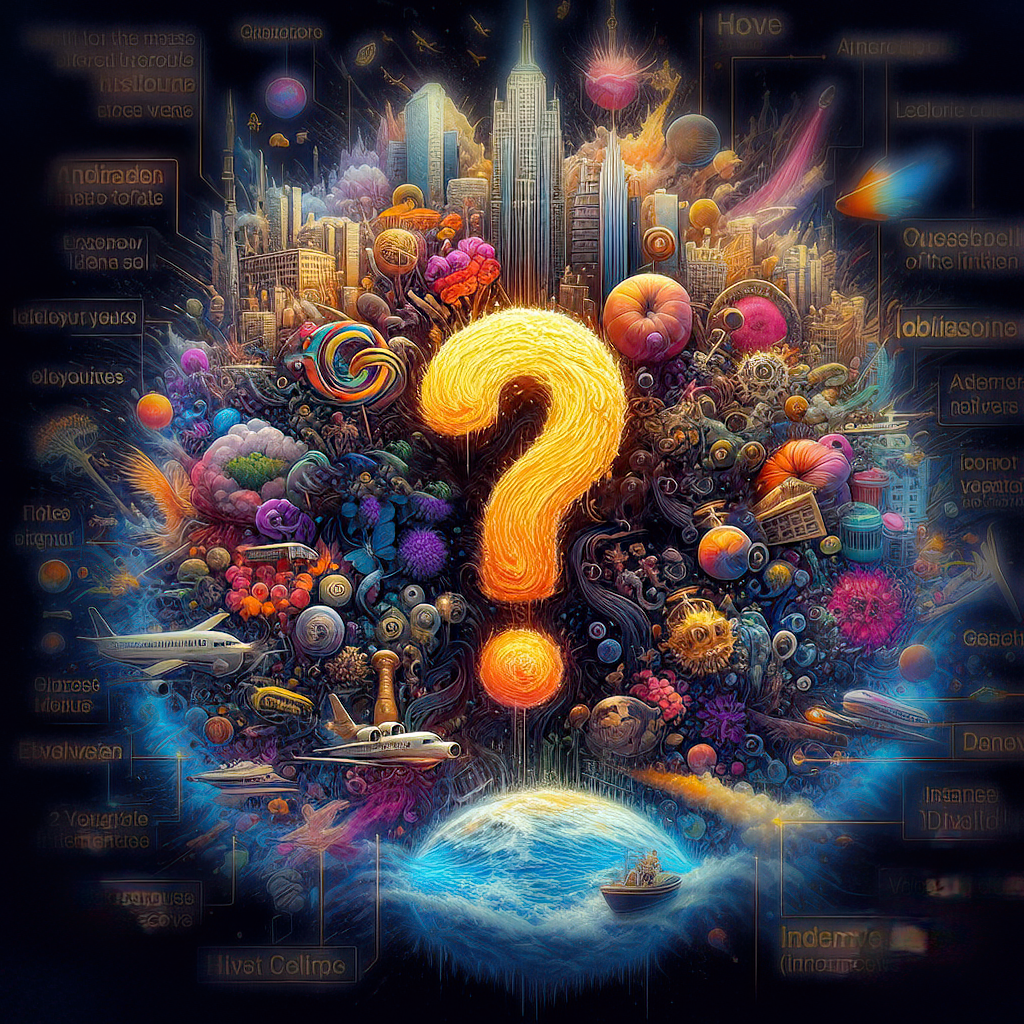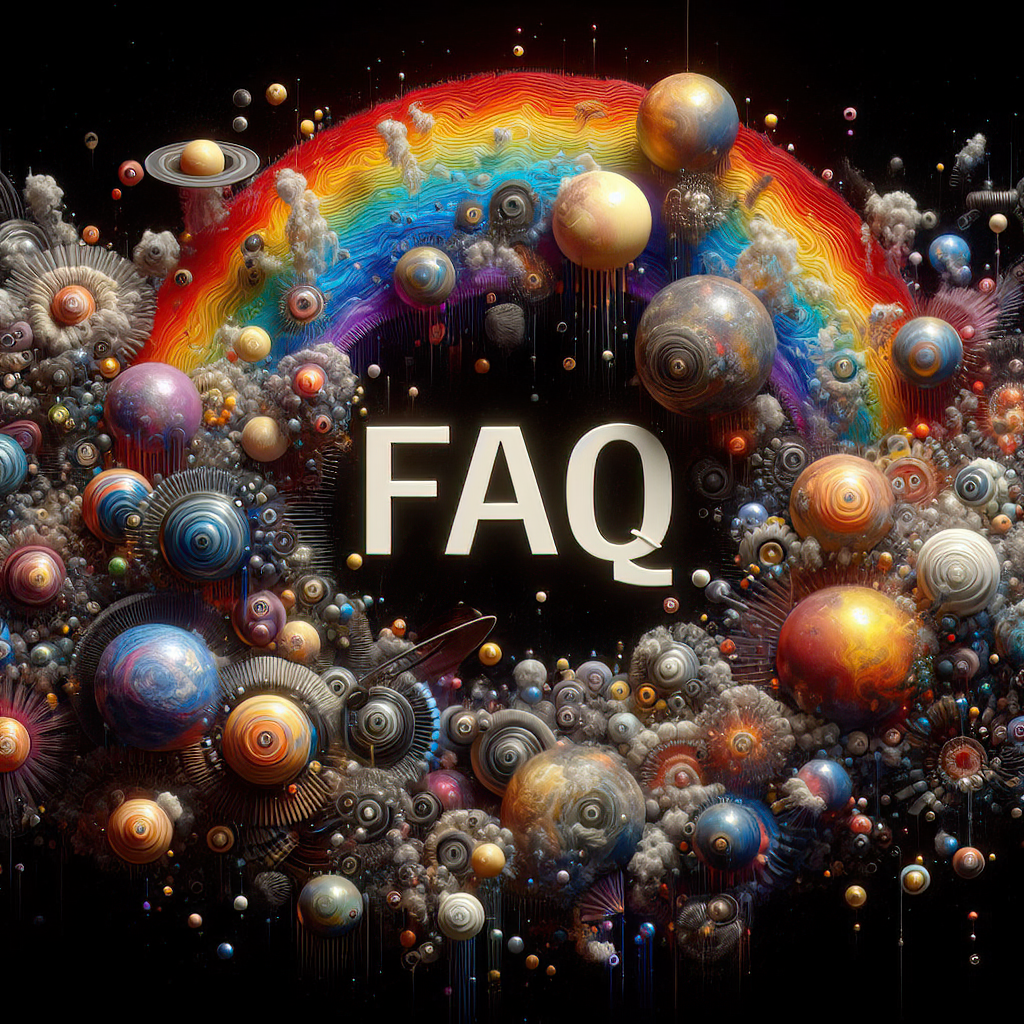
par Bill Tiepelman
Transformer des scènes en storyboards
Transformer des scènes en storyboards : une arme secrète pour les écrivains En tant qu'écrivains, nous voyons souvent nos histoires se dérouler comme des films dans notre esprit. Mais quand vient le moment de mettre ces moments cinématographiques en mots, les détails peuvent devenir flous, le rythme peut faiblir et l'impact émotionnel n'est pas toujours aussi fort qu'il le devrait. C'est là qu'intervient le storyboard. Bien qu'il s'agisse traditionnellement d'un outil destiné aux cinéastes, le storyboard peut changer la donne pour les écrivains, en vous aidant à visualiser les scènes clés, à affiner le rythme et même à découvrir les couches cachées de votre récit. Alors, qu'est-ce que le storyboard pour les écrivains, et comment pouvez-vous l'utiliser pour améliorer votre narration ? Plongeons-nous dans le vif du sujet. Qu'est-ce que le storyboard pour les écrivains ? À la base, le storyboard est une représentation visuelle de votre histoire, décomposée en panneaux ou en cadres qui illustrent la séquence des événements. Considérez-le comme la création d'une version bande dessinée de vos scènes, où chaque panneau représente un moment dans le temps. Alors que les cinéastes l'utilisent pour planifier les angles de caméra et les mouvements, les scénaristes peuvent l'utiliser pour planifier l'action, les dialogues et même les moments émotionnels d'une scène. Le meilleur dans tout ça ? Vous n'avez pas besoin d'être un artiste pour créer un storyboard. Des bonhommes allumettes, des croquis ou même une série de légendes descriptives peuvent faire des merveilles. Pourquoi les écrivains devraient utiliser des storyboards Le storyboard peut sembler être un travail supplémentaire, mais croyez-moi, cela en vaut la peine. Voici comment cela peut transformer votre processus d'écriture : Clarifier le rythme : voir une scène présentée visuellement vous aide à identifier si les événements se déroulent trop rapidement ou durent trop longtemps. Améliorez les détails visuels : le storyboard vous oblige à réfléchir à l'espace physique, aux mouvements des personnages et aux éléments visuels de vos scènes. Identifier les trous dans l'intrigue : en cartographiant une séquence d'événements, vous repérerez rapidement les lacunes ou les incohérences dans le récit. Renforcez l'impact émotionnel : visualiser les expressions et le langage corporel des personnages peut vous aider à écrire des rythmes émotionnels plus puissants. Étape 1 : Choisissez une scène pour le storyboard Commencez petit. Choisissez une scène clé : peut-être une confrontation dramatique, une séquence de poursuite ou un moment tendre de connexion. Il peut s'agir d'une scène que vous avez du mal à écrire ou d'une scène cruciale pour l'arc narratif de votre histoire. Par exemple, si vous travaillez sur une scène d'action à enjeux élevés, le storyboard peut vous aider à suivre les mouvements physiques des personnages, rendant la séquence plus dynamique et réaliste. Étape 2 : Décomposez-le en rythmes Chaque scène a des temps forts, des moments clés ou des actions qui font avancer le récit. Avant d'esquisser ou de rédiger votre storyboard, notez ces temps forts. Par exemple, dans une scène de confrontation, les temps forts peuvent inclure : Les personnages entrent dans la pièce et s'évaluent. Le protagoniste porte une accusation. L'antagoniste dévie, révélant de nouvelles informations. La conversation dégénère en une dispute animée. L'antagoniste sort en trombe, laissant le protagoniste sous le choc. Diviser la scène en temps réel vous permet de ne manquer aucun moment critique lors du storyboard. Étape 3 : Créez vos panneaux Il est maintenant temps de donner vie à la scène. Dessinez une série de panneaux sur une feuille de papier ou utilisez des outils numériques comme Canva ou Storyboard That. Chaque panneau doit représenter un temps ou un moment de la scène. Pour les écrivains qui ne sont pas à l'aise avec le dessin, ne vous inquiétez pas ! Des bonhommes allumettes, des flèches et des légendes descriptives suffisent largement à communiquer ce qui se passe. Le but n'est pas l'art, mais la clarté. Étape 4 : Ajouter des détails Au fur et à mesure que vous remplissez vos panneaux, pensez aux détails : Placement des personnages : Où se tiennent vos personnages ? Sont-ils proches les uns des autres ou éloignés les uns des autres ? Sont-ils assis ou en mouvement ? Expressions faciales : quelles émotions ressentent-ils et comment pouvez-vous les montrer visuellement ? Environnement : À quoi ressemble le décor ? Y a-t-il des accessoires ou des éléments en arrière-plan qui contribuent à l'ambiance de la scène ? Ces détails vous aideront à donner vie à la scène dans votre écriture, la rendant plus vivante et immersive pour les lecteurs. Étape 5 : Analyser et ajuster Une fois votre storyboard terminé, prenez du recul et examinez la séquence dans son ensemble. Posez-vous les questions suivantes : La scène se déroule-t-elle logiquement d’un moment à l’autre ? Le rythme et le rythme sont-ils satisfaisants ? Les visuels correspondent-ils au ton et à l’émotion de la scène ? Si quelque chose ne va pas, ajustez vos panneaux jusqu'à ce que tout s'emboîte. Ensuite, utilisez votre storyboard comme guide pour écrire ou réviser la scène. Au-delà des scènes individuelles Une fois que vous maîtrisez le storyboard pour des scènes individuelles, essayez de l'utiliser pour des sections plus larges de votre histoire ou même pour l'intrigue entière. La visualisation de votre arc narratif peut vous aider à repérer des modèles, des thèmes et des problèmes de rythme dans l'histoire dans son ensemble. Par exemple, vous pouvez créer un storyboard d'une série de scènes connectées pour vous assurer qu'elles se déroulent sans heurts ou élaborer un point culminant complexe pour suivre plusieurs personnages et événements. Outils et ressources pour le storyboard Si vous êtes prêt à essayer le storyboard, voici quelques outils pour vous aider à démarrer : Stylo et papier : la méthode la plus simple et la plus accessible. Prenez un carnet et commencez à dessiner ! Outils numériques : Canva, Storyboard That et Adobe Spark proposent des modèles et des interfaces faciles à utiliser pour le storyboard numérique. Outils d'IA : des plateformes comme DALL-E ou Artbreeder peuvent vous aider à générer rapidement des visuels à inclure dans vos panneaux. Réflexions finales Le storyboard n'est pas réservé aux cinéastes : c'est un outil polyvalent et puissant pour les scénaristes. Que vous planifiiez une course-poursuite pleine d'action ou un dialogue chargé d'émotion, le storyboard peut vous aider à visualiser, peaufiner et sublimer vos scènes. Et le meilleur dans tout ça ? Vous n'avez pas besoin de talent artistique pour le faire fonctionner. Alors, prenez votre stylo, votre ordinateur portable ou tout autre outil à votre disposition et commencez à transformer vos scènes en storyboards. Votre histoire vous en remerciera. Visualisez votre histoire comme jamais auparavant Le storyboard n'est pas réservé aux cinéastes : c'est un outil puissant qui permet aux scénaristes de donner vie à leurs scènes. Et si vous pouviez faire passer votre storyboard au niveau supérieur avec des visuels de qualité professionnelle et des conseils d'experts ? Chez Unfocussed Photography and Imaging , nous proposons des services adaptés aux auteurs qui cherchent à améliorer leur processus de narration. Que vous souhaitiez décrire des scènes, affiner le rythme ou créer des visuels pour des présentations et des promotions, nous sommes là pour vous aider. Conception de storyboard personnalisé : collaborez avec nous pour créer des storyboards détaillés et visuellement époustouflants pour vos scènes clés ou l'ensemble de votre récit. Visualisations de concepts de scène : traduisez vos idées en illustrations soignées et professionnelles qui capturent l'essence de votre histoire. Croquis de personnages et de décors : ajoutez de la profondeur à la création de votre monde avec des illustrations sur mesure des éléments clés de votre histoire. Donnez vie à votre histoire avec des visuels qui résonnent et captivent. Faisons de votre vision une réalité. Découvrez nos services dès aujourd’hui et propulsez votre narration vers de nouveaux sommets !
